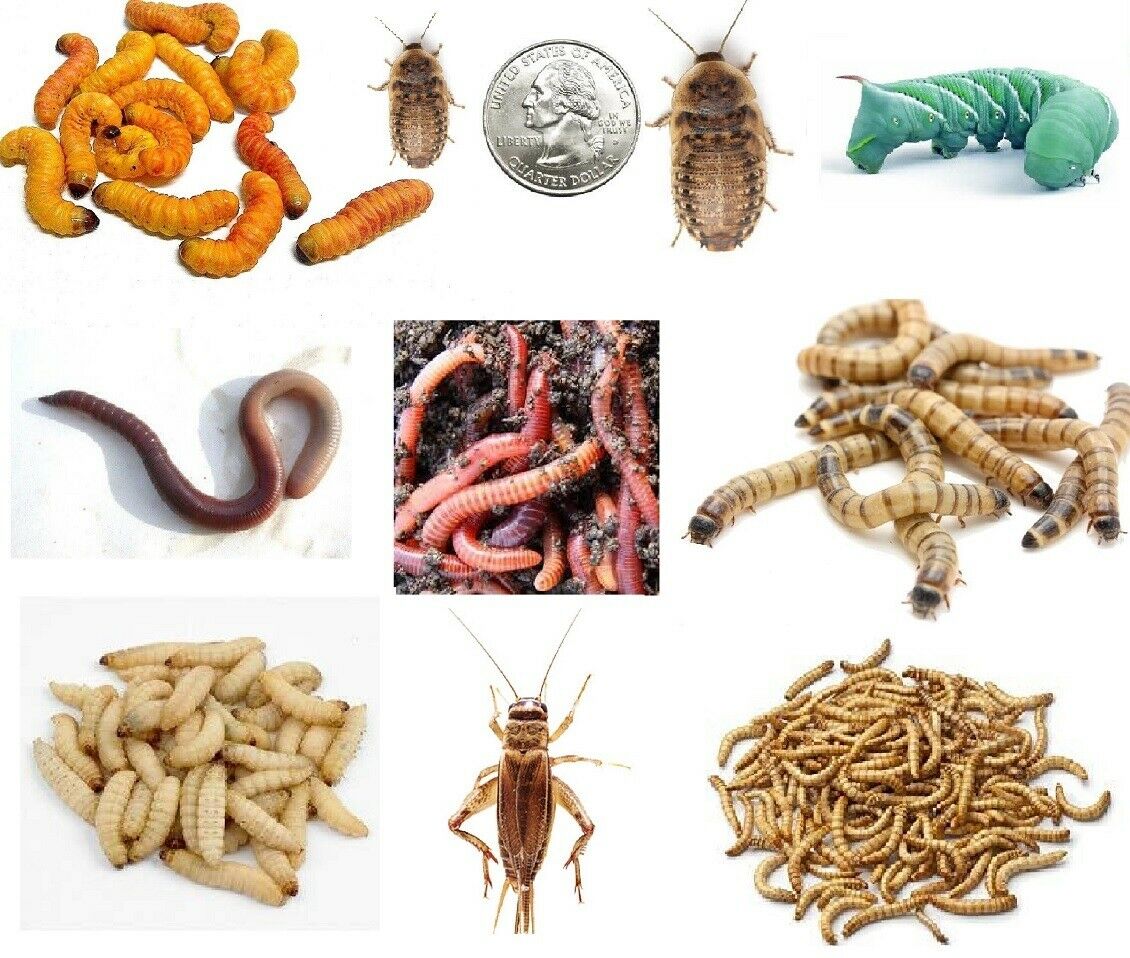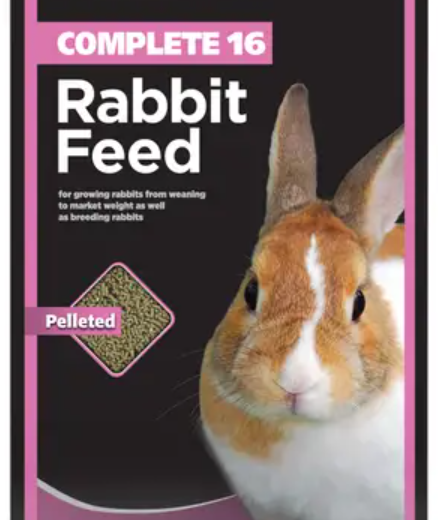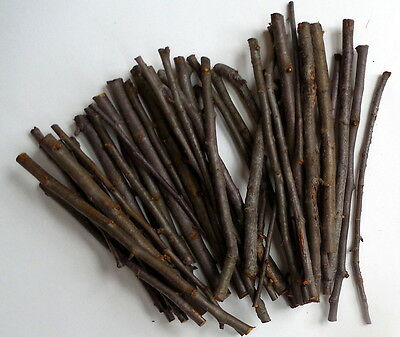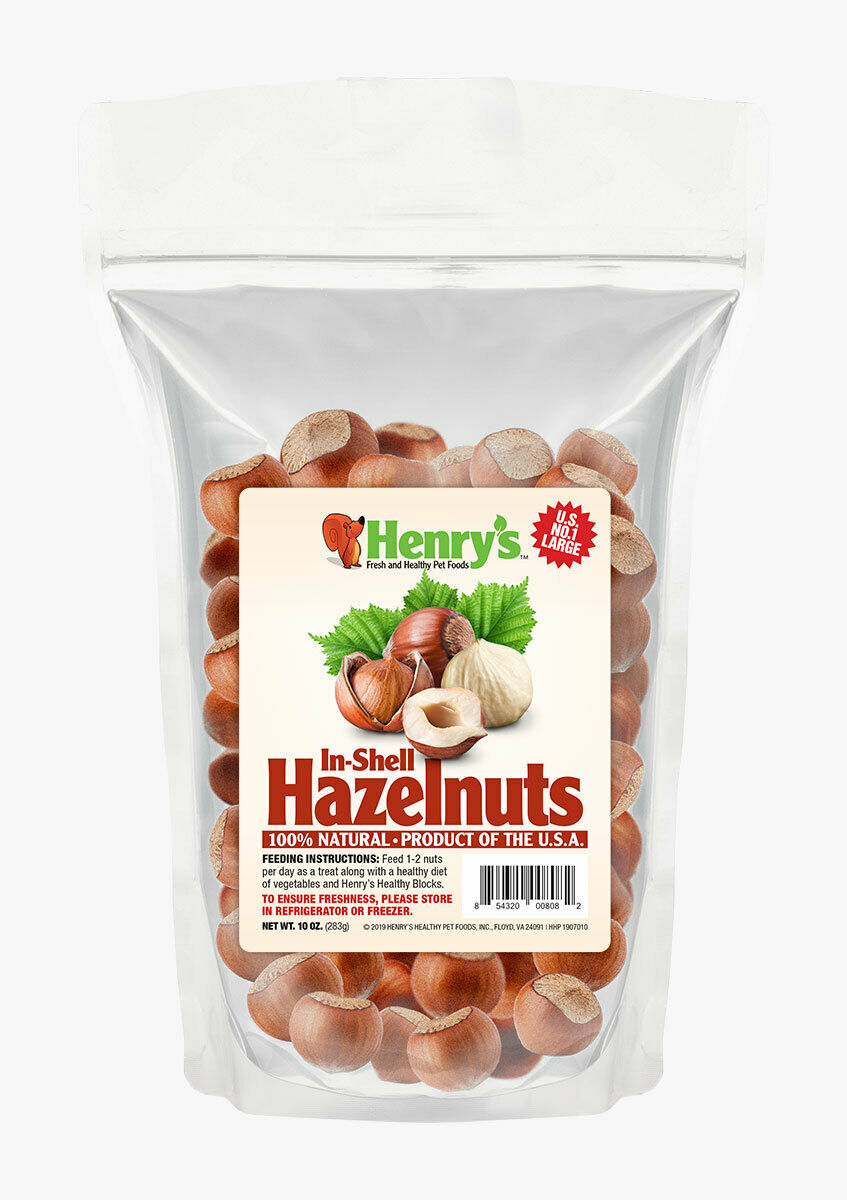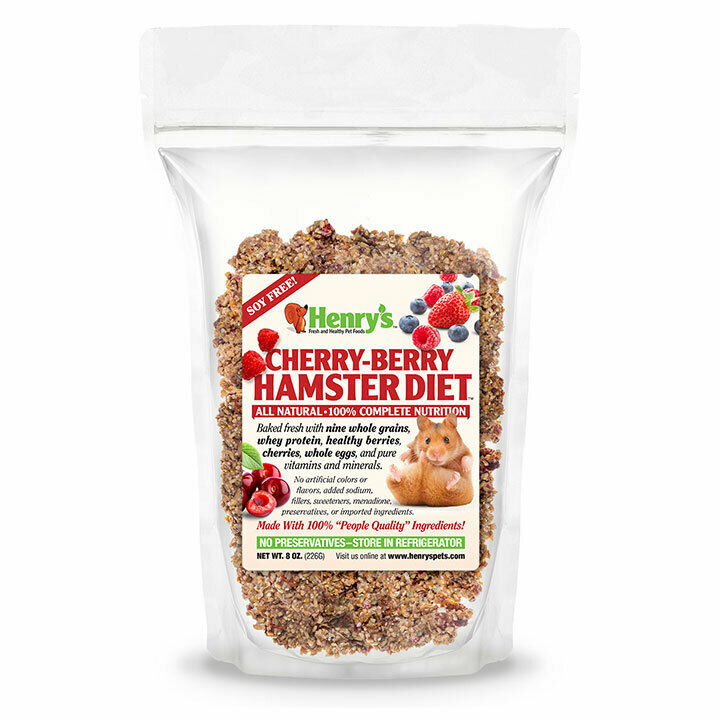-40%
Fruit Fly Culture Container (for D. melanogaster or D. hydei)
$ 5.28
- Description
- Size Guide
Description
One 24oz container complete with media* and substrate only... No flies!*This media can support
Drosophila melanogaster, Drosophila hydei,
and other species
Fruit flies are ideal feeder insects for small or young animals. Unlike crickets or other typical feeder insects, fruit flies cannot bite or harm your pet. They are incredibly easy to maintain and reproduce quickly. Under ideal conditions and proper maintenance, a single 24oz culture can produce a couple thousand flies!
Adult flies are great feeders for:
Fish, baby Lizards, small frogs, praying mantis nymphs, spiderlings, and many more!
Size:
Healthy adult fruit flies are typically just under 1/8 of an inch long (refer to the last two photos of this listing)
Life cycle:
Fruit flies undergo complete metamorphosis. They begin life as eggs which, within 24 hours of being laid, will hatch into larvae called maggots. Maggots feed on and live within the media provided at the bottom of the container. They remain in the media until ready to pupate. At this point, the larvae will crawl to the sides of the container and on the wood shaving substrate to pupate. They will remain in their pupal stage for about 5 days. Pupae will change from a light brown/ golden color to transparent (you can see the fly inside!) When they are ready to eclose (emerge as an adult from a pupae). Newly emerged adult flies are sensitive and shouldn’t be handled for about an hour. In a couple of days, they will be ready to mate and lay eggs.
Temperature/humidity:
The life cycle progression of fruit flies, like other insects, is dependent on the temperature at which they are kept. While room temperature is ideal for maintaining flies, they can tolerate colder temperatures. If necessary, they can be refrigerated (NOT FROZEN) for about a week without inflicting any harm to the flies at any stage of life. Refrigerating the flies will cause them to be very sluggish or immobile until temperatures warm up. As a result, temporary refrigeration can be used to separate/transfer flies elsewhere.
As long as there is adequate air exchange, and the media is properly hydrated, humidity isn’t a crucial factor.
Media:
The media provided is a potato-based proprietary modification of a commercially available type of fruit fly media.
Media should remain hydrated at all times. It should be smooth (like thick mashed potatoes), but never runny or sticky. Otherwise, adult flies will become trapped in the media and suffocate.
If media is too dry, cracks may appear. Media that is not properly hydrated will delay the production of flies. To rehydrate, simply add water (slowly and little by little) until media appears smooth.
Any questions will be promptly and thoroughly answered!



